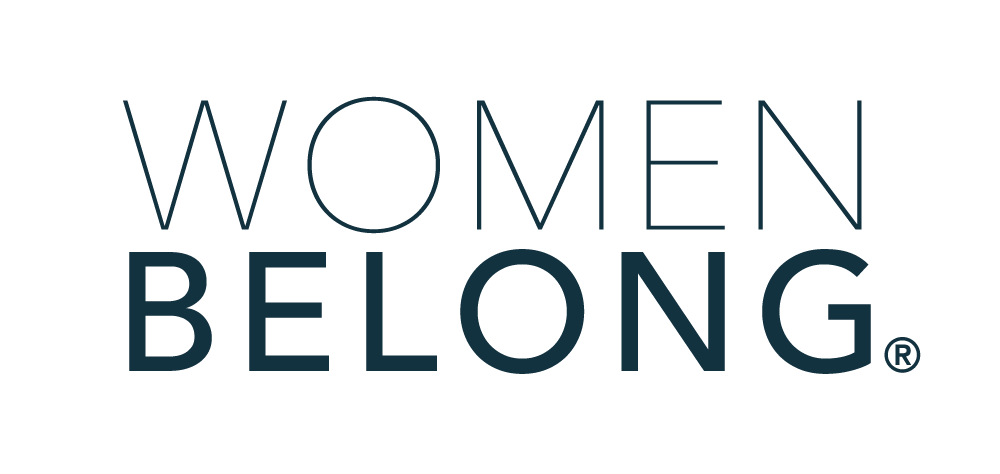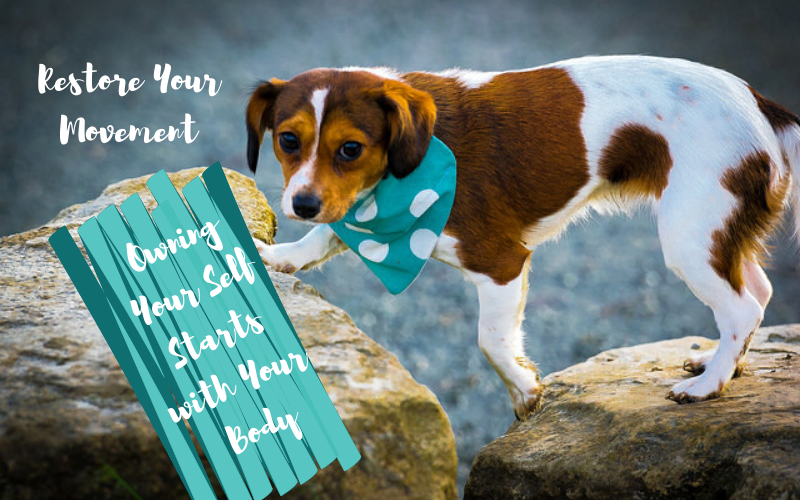Women #FierceOver50,
It’s About Movement,
Not Exercise
All through my adult, working life I exercised a lot, at least one hour a day. As an exhausted-achiever-in-the-making, I listened to the experts and bought a cross-country ski machine that sat proudly in my bedroom. I used it most days, when I wasn’t walking outside or going to the gym.
Around the time I turned 50, (I’m 68 now) I remember my frustration with how I felt in my body. Too much stress, too much coffee, too much pain, and too little sleep. The exercise had become an invisible habit. I did it, but I never really thought much about whether it was working or not. I assumed this sort of exercise was a baseline requirement for a healthy life.
How is Your Exercise Working For You?
Are you exercising a lot, but not really feeling the love? Or, have injuries or exhaustion side-lined you, making you feel even worse?
Now that I am post-50 and honoring my newly FierceOver50 self, I have been re-evaluating my exercise through the lens of stress. Until I was 50, without knowing it, I held onto stress until I didn’t even feel it. Stress had become the new normal. And as I look back, the exercise I was doing was encouraging stress and not relieving it.
my exercise through the lens of stress. Until I was 50, without knowing it, I held onto stress until I didn’t even feel it. Stress had become the new normal. And as I look back, the exercise I was doing was encouraging stress and not relieving it.
Of course, hindsight is everything. Over the past 18 years, I’ve completely shifted my approach from one focused on exercise to a quite different approach focus on movement. I’d like to share with you what this shift looks like.
Owning Your Self; Connecting to Your Body
As I’ve written before, I’m asking you to consider a new relationship, a new connection with your body that asks you to feel your body experientially. (Not through thinking or your mind.)
When we focus on our body as a collection of parts that must be moved, oiled, fed (or not), and repaired, we see our body as an objectified and possibly broken thing.
However, as we re-unite with our body, self-care and movement take on a quite different flavor. Can you taste it? Instead of marinating in worry, you can be swimming in deliciousness!
Here’s what these very different perspectives on our body look, feel, and taste like:
Your Exercised Body
 When you see your body as exercised, you are frequently giving it tasks to perform. For instance, I was advised to do aerobics three times a week for 20 minutes each time at varying heart rates that would take me from fat-burning zones to my maximum heart rate. Or, I might decide to walk every day for 30 minutes in order to lose weight.
When you see your body as exercised, you are frequently giving it tasks to perform. For instance, I was advised to do aerobics three times a week for 20 minutes each time at varying heart rates that would take me from fat-burning zones to my maximum heart rate. Or, I might decide to walk every day for 30 minutes in order to lose weight.
In these situations, I see my body as controlled by me and other experts who prescribe specific exercises to achieve optimum health. Here, my body is seen as a machine.
I have found, that in these situations, I am often creating the very stress I wanted to eliminate, as I push my body to do more and more, according to someone else’s criteria.
I remember a time, many years ago, when I worked out aerobically for long, long periods of time. I remember getting a high from the experience that just thrilled me. But now, as I have added other sorts of experiences to my movement repertoire, I see that there is a much more varied menu of “highs” as I learn to listen to my body and respond.
Your Connected Body
When you see your body as connected, you are inviting an experiential knowing that helps your body regulate itself and repair itself. You can more fully feel your body in space (this is also called proprioception) and you can feel yourself questioning your body and welcoming your body’s answers. This internal awareness is called interoception.
In moving your connected body, you free yourself to experience where there is tightness, perhaps pain, and restriction. If you have only moved in limited ways (say, perhaps a lot of sitting or a lot of running), what habitual patterns in your body might you like to play with and unwind? Instead of seeing your body as a machine to be manipulated or fixed, can you feel delight in your body?????????
When you move as a connected body, mind, and spirit, you move as a whole embodied self, moving through life. You can feel and respond to stress. You can feel and respond to pain. And, you can feel and respond to emotions. ????????
Would You Like to Shift Your Focus from Exercise to Connection?
In the video below, I invite you to ask yourself what does it feel like to move your shoulders – the joints and the muscles and the fascia – as well as the stuck emotions you carry in your shoulders? You can play with these two approaches. What does it feel like to experience movement in your body? How does this feel different from manipulating and controlling your body through someone else’s instructions?
Click the Video and Sample Some Delicious Shoulder Movements
I invite you to e-mail me at annmerle@annmerle.com to let me know how all this feels to you after playing with the movements I offer in the video.
Love and Gratitude,
AnnMerle
P.S. If you found this content interesting, please sign up for my newsletter at https://www.annmerle.com where I speak to women #fierceover50 about how to recover from an exhausting lifetime of achievement and instead feel deliciously and peacefully present in your own precious body.
Content provided by Women Belong member AnnMerle Feldman











































 Women Belong Holiday Party - ZOOM
Women Belong Holiday Party - ZOOM Why Your Business Wants You To Do Yoga
Why Your Business Wants You To Do Yoga Women Belong Book Club
Women Belong Book Club Why Heroine?
Why Heroine? Follow up with Flow: Creating a Follow Up Funnel that Feels Easy
Follow up with Flow: Creating a Follow Up Funnel that Feels Easy